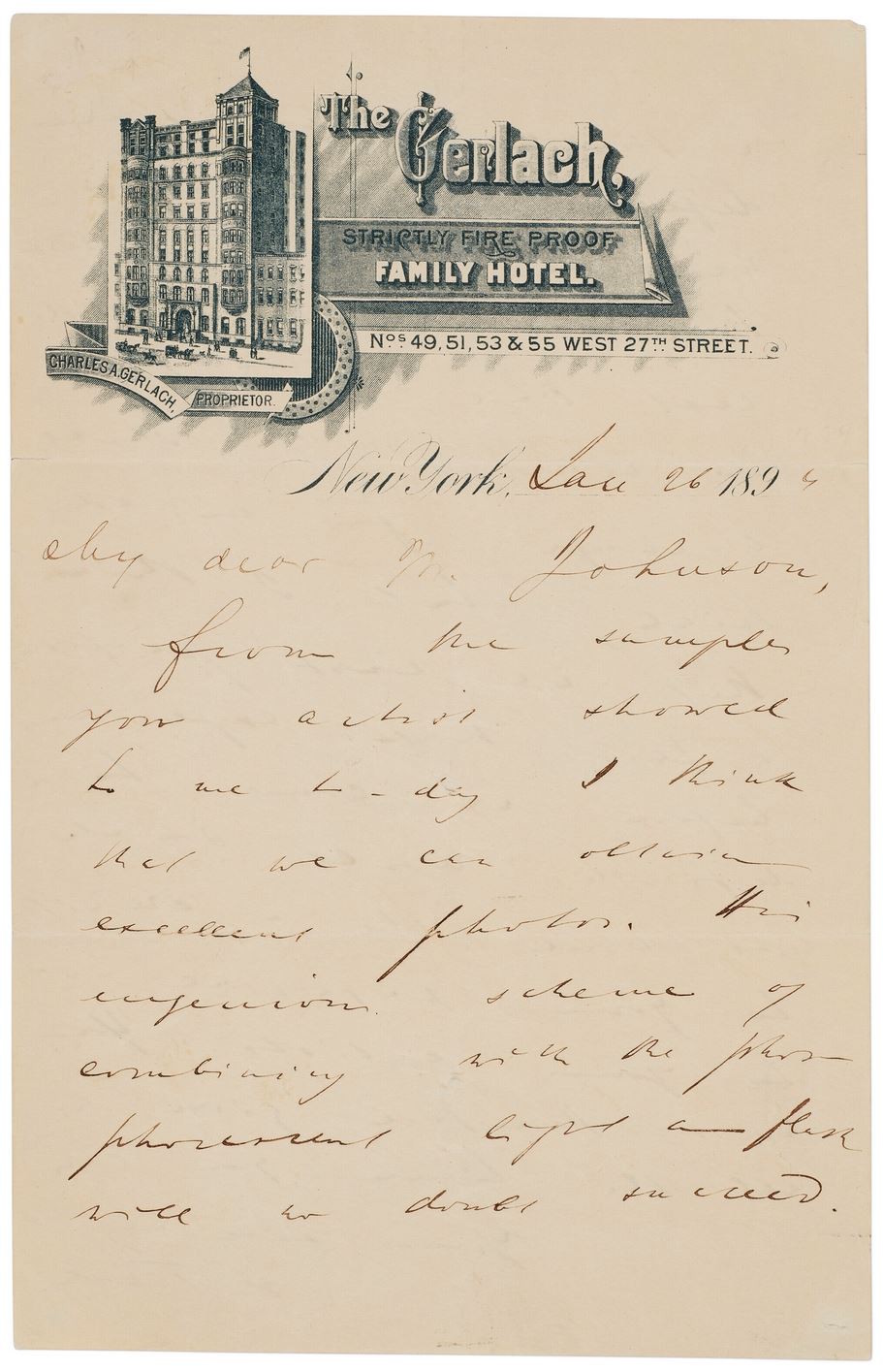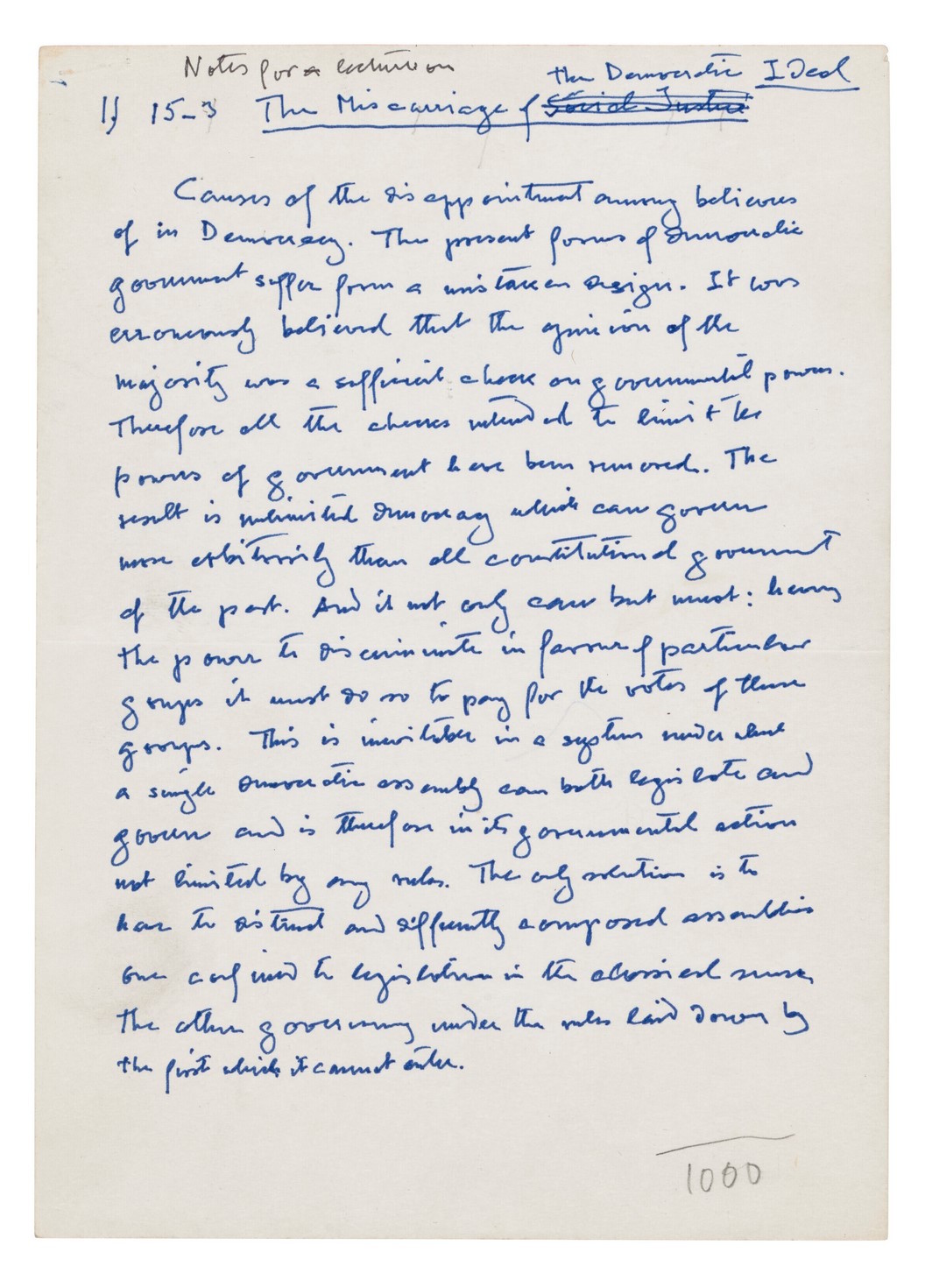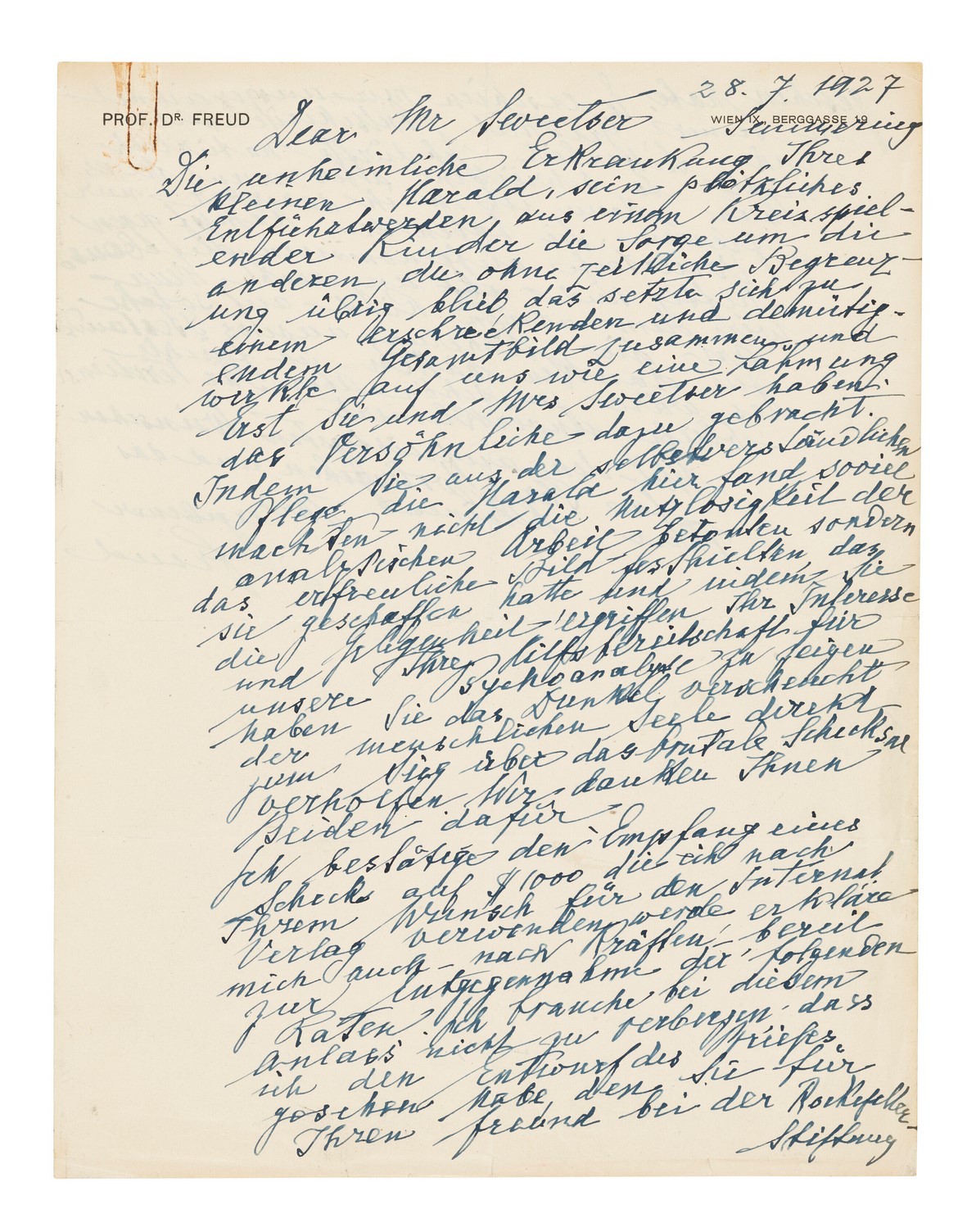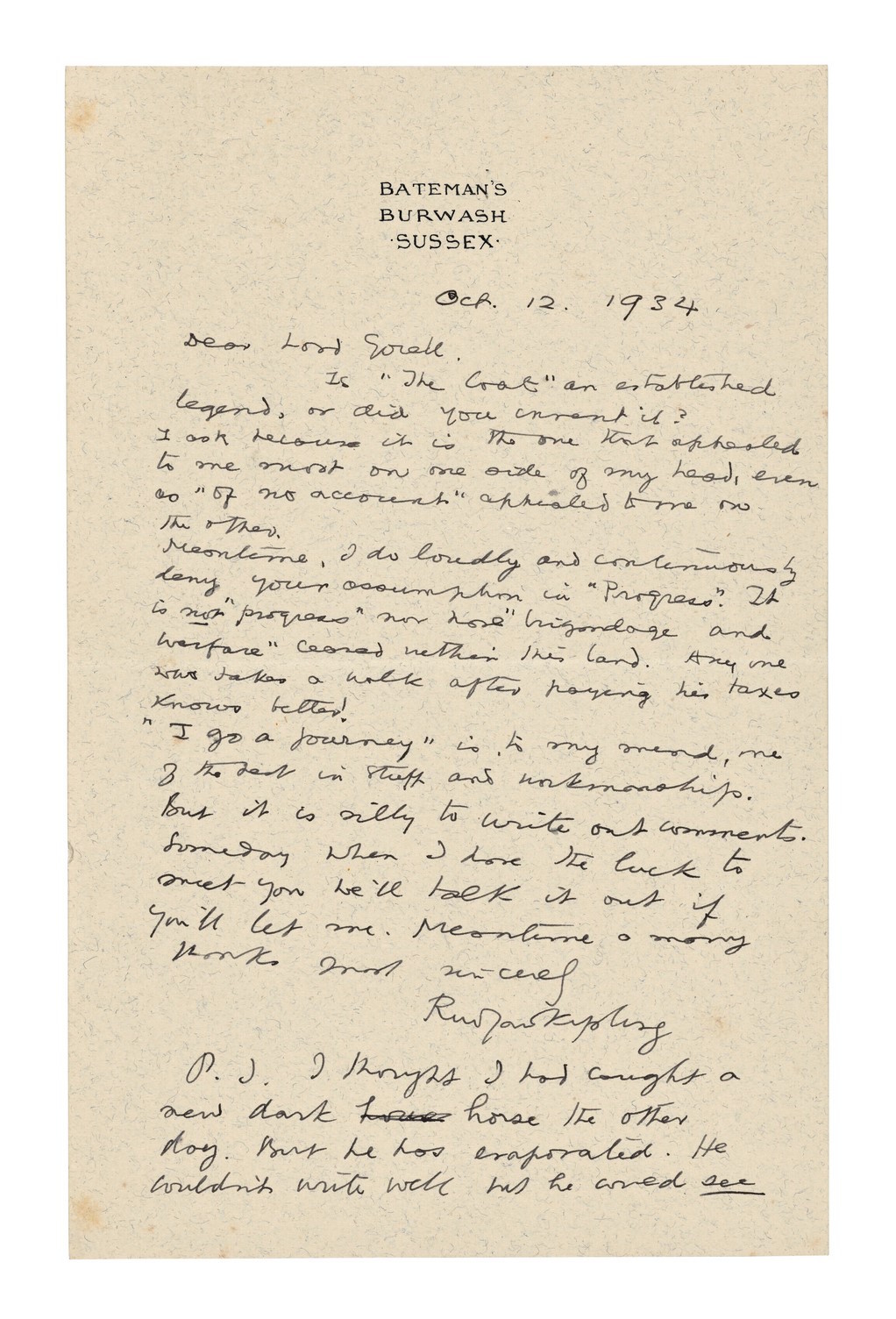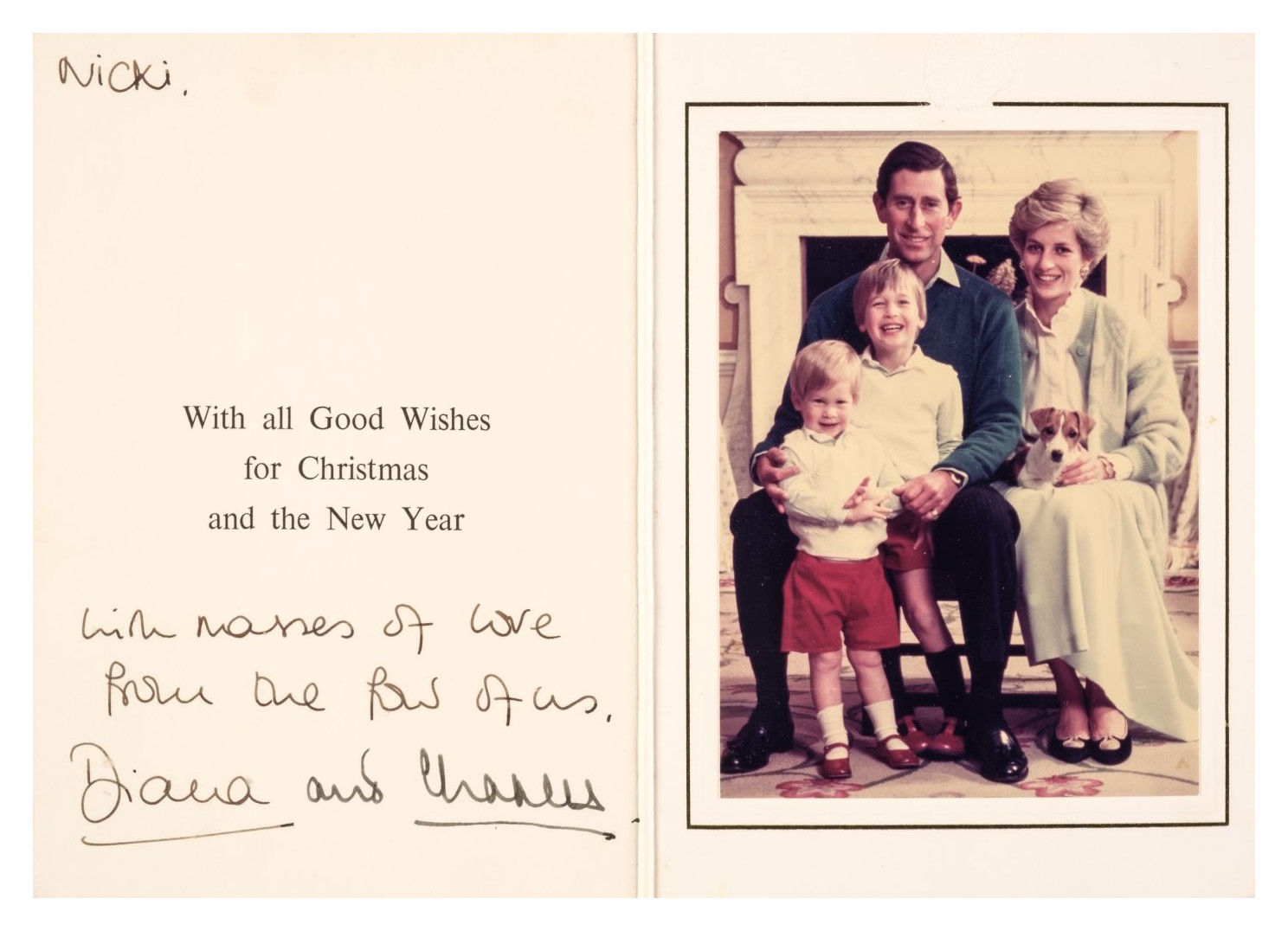"Stikhi iz romana v proze" [Poems from a novel in prose]. A cycle of ten …No place, ca. 1948.
Samizdat ("self-published") collection of poems from Pasternak's then-unfinished novel "Doctor Zhivago", which would be published by Feltrinelli in Milan in 1958 after the manuscript was smuggled out of the USSR. Following an old Russian tradition widely used even in Czarist times, manuscripts and typescripts such as the present one were clandestinely disseminated by the author and his friends to evade Soviet censorship.
A gift to the author's close friend Mikhail Zenkevich, inscribed by his wife in pencil on the flyleaf: "Manuscript, autograph and binding of Boris Leonidovich Pasternak. This manuscript was given by B. L. Pasternak to my husband, Mikhail Zenkevich, on one of his visits to our house. Alexandra Zenkevich".
The cycle includes all of Zhivago's poems written before 1948 (ten out of the 25 "Lara" poems published in the novel), among them "Hamlet", "Ob'jasnenie" ("Explanation"), "Zimnjaja noch'" ("Winter Night"), "Rozhdestvenskaja zvezda" ("Christmas Star"), and "Na Strastnoj" ("On Strastnaya"), with which the novel ends.
Pasternak published "Stikhi iz romana v proze 'Doktor Zhivago'" in Znamya (no. 4, 1954, pp. 92-95) prior to their appearance in the book. The poems in this carbon vary only slightly in language, capitalization and layout from those in Doctor Zhivago. Pasternak instructed his typist Marina Kazimirovna Baranovich to prepare copies of "Stikhi iz romana v proze" for distribution among friends. Only four other carbon copies of the work in this form have been located: one inscribed to Olga Petrovska (Sotheby's, Dec 5, 1991, lot 554); a second inscribed to Iuri Aleksandrovich Afanasiev (Bonham's 2016, lot 24); a third inscribed to literary historian M. P. Gromov (Pasternak, Polnoe sobranie sochinenii 9, pp. 515f.); and a fourth inscribed on 10 April 1948 to his translator Cecil Maurice Bowra (Collection of Irwin Holtzman, Hoover Institution Archives).

